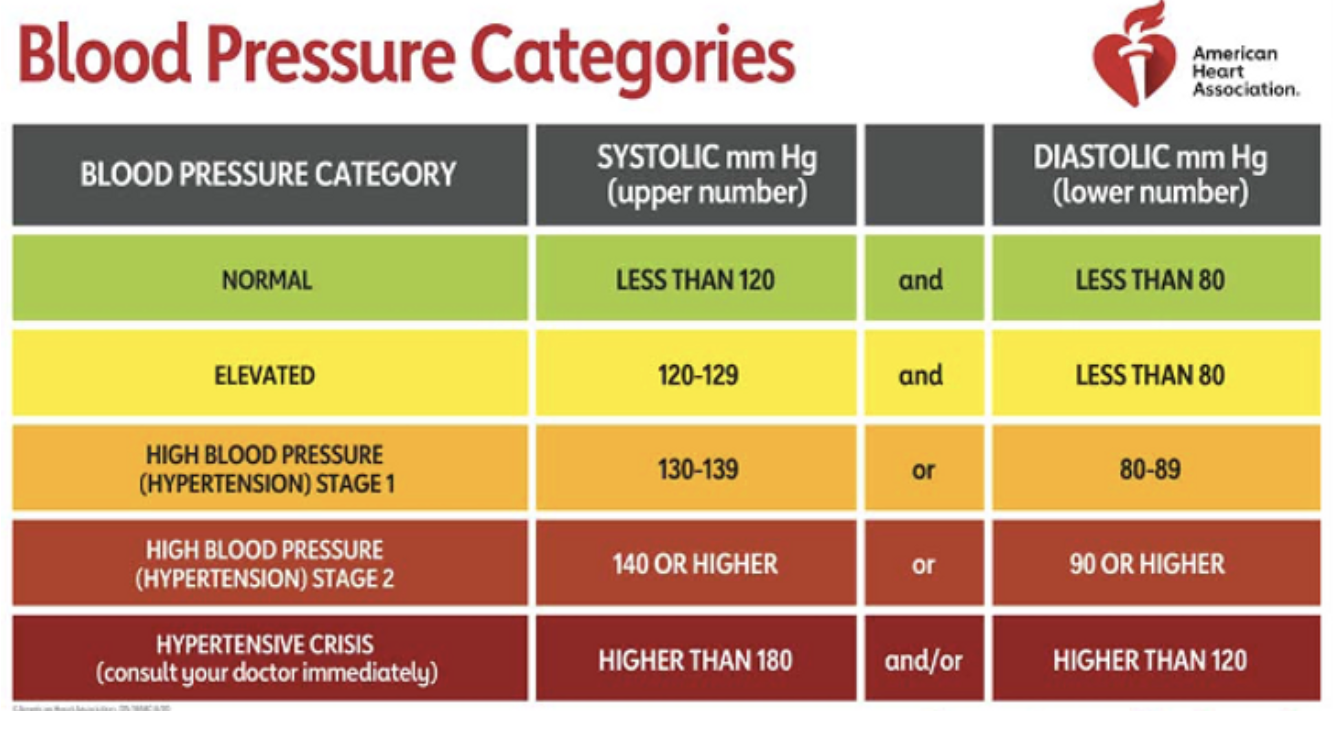Reperio Health Deepens National Footprint, Adds Industry Vets to Drive At-Home Preventive Care Access | Click here to read the press release
Reperio Health Deepens National Footprint, Adds Industry Vets to Drive At-Home Preventive Care Access | Click here to read the press release
Let’s start with the basics. You need to know two critical blood pressure numbers for optimal health.
Systolic blood pressure, which is the first number given to you during a wellness exam, measures the pressure in your arteries when your heart beats. Diastolic blood pressure, the second number mentioned, measures the pressure in your arteries when your heart rests between beats.
If you hear your blood pressure is “110 over 70,” or written “110/70mmHG,” you have measurements of 110 systolic and 70 diastolic. Okay, fine you say but what is considered healthy?
According to the American Heart Association, numbers below 120/80 means your blood pressure is in the healthy range. However, if you’re above those two measurements you are at elevated risk as the chart indicates:

Health care specialists agree that several risk factors can contribute to high blood pressure. The most common include the following:
Now while some of these risk factors may beyond your control, you can take measures to improve your blood pressure.
If you suffer from high blood pressure, you can lower it by taking some simple steps. According to the Centers for Disease Control and Prevention, making these 5 lifestyle changes can help lower your blood pressure into a healthy range. Of course, you should always speak with your health care professional first. But actions you might consider include:
To learn more about how to lower your blood pressure, read our quick tips here.